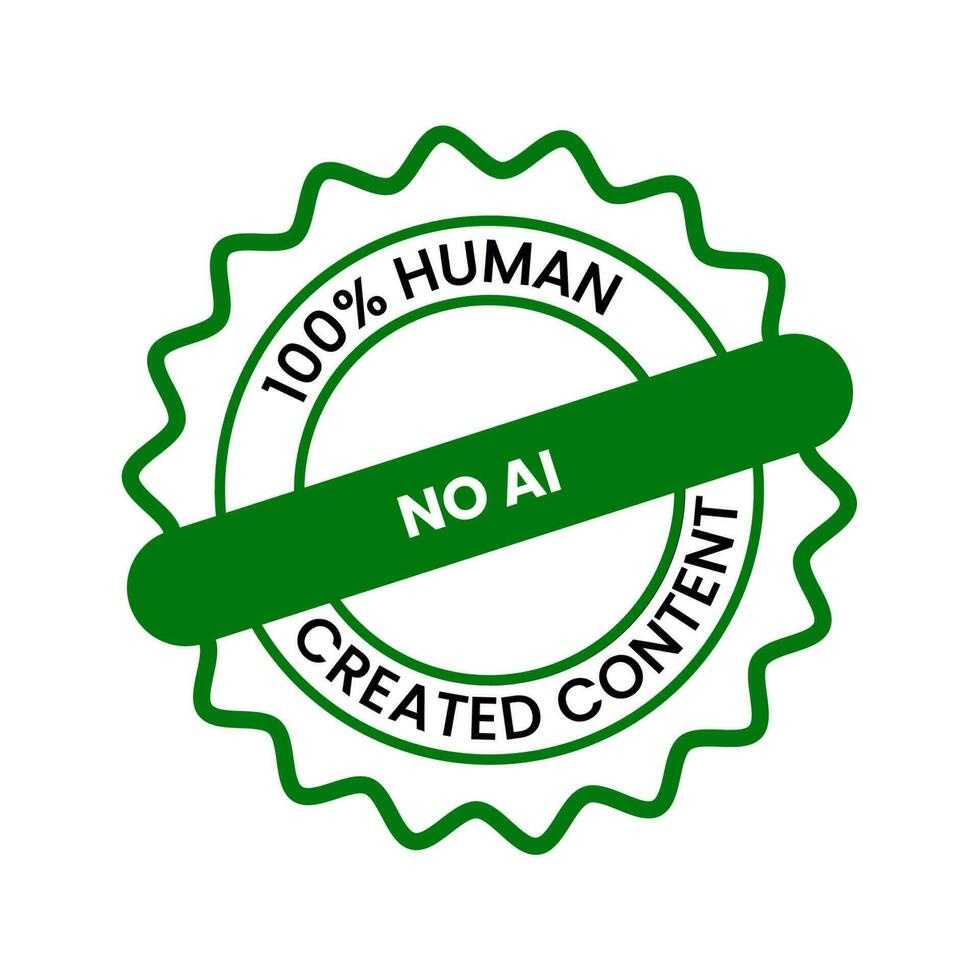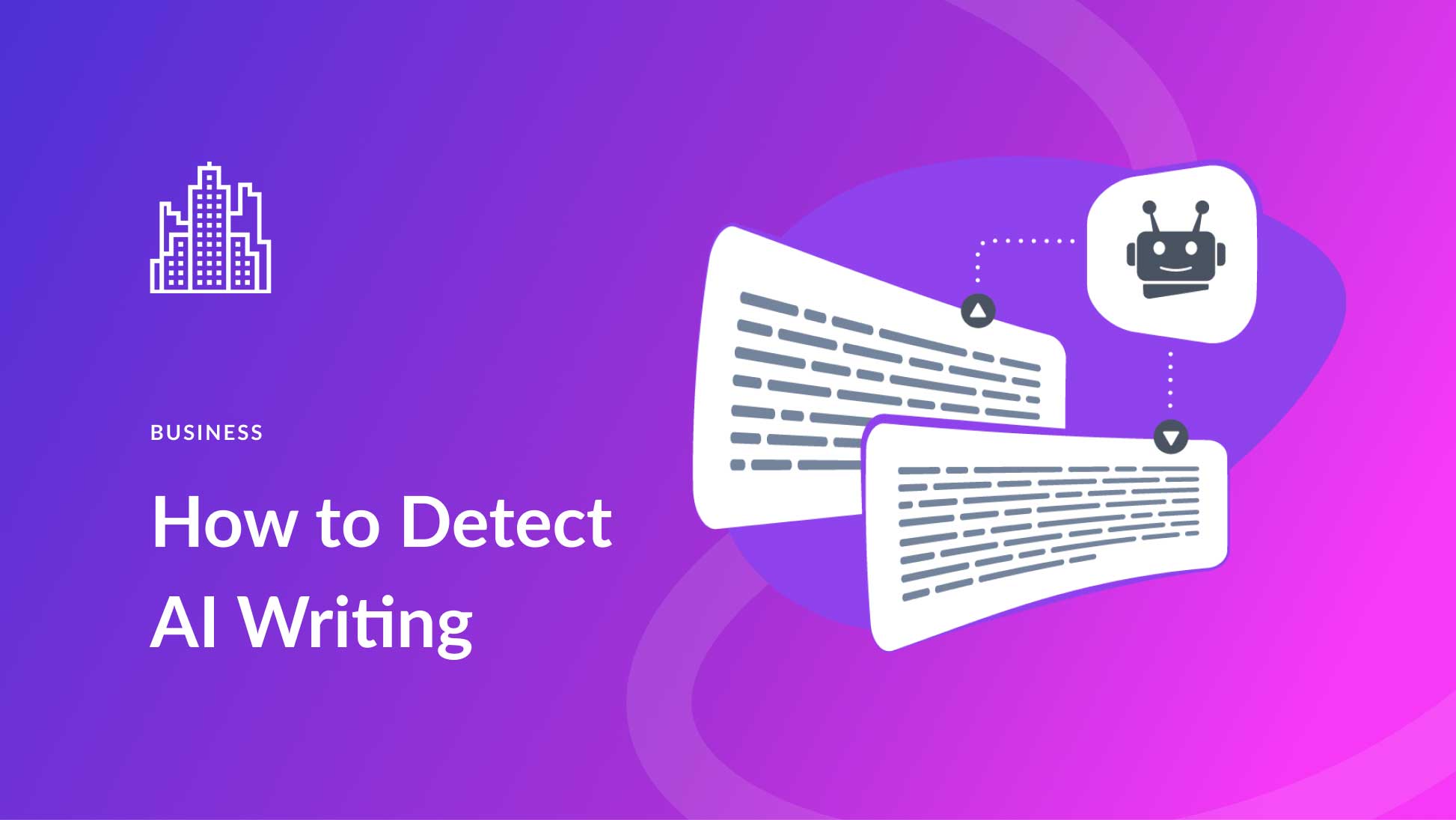13 Signs You Used ChatGPT To Write That
As a full-time writer and editor, friends and family often ask me to look over things they wrote. The most common piece of feedback I give is, “This section looks like you used ChatGPT. Change it.” There are always little tells, and it’s important to catch these things — because it can hurt your credibility with readers, family, and hiring managers.
People aren’t as slick as they think with AI writing. And readers are getting better at spotting it. Here are 13 signs you used ChatGPT (or another AI program).
Use of Overly Standard Phrases:
For example, ChatGPT will often use overly standard phrases like "Dive into", "It’s important to note", "Navigating the complexities of", and more. These phrases are a common giveaway of AI-generated content.
Repetitive Patterns:
AI writing tends to be very repetitive, relying on predictive text that looks for predictable sequences of words. This leads to a lack of originality and a generic tone in the content produced.

Lack of Voice Variation:
AI writers often struggle with switching between different voices within a piece of content. This results in a monotonous and robotic writing style that fails to engage readers effectively.
Excessive Use of Lists:
One telltale sign of AI-generated content is the excessive use of lists, even in situations where human writers would not naturally organize information in that format. This rigid structuring is a common trait of AI writing.
Absence of Human Touch:
AI writing tends to lack the human touch that comes from using specific details, sensory descriptions, humor, and emotional language. By focusing on specifics and injecting personality, writers can differentiate themselves from AI-generated content.

Lengthy and Similar Sentences:
AI-generated text often consists of long and uniform sentences, lacking the varied sentence length and style typically found in human writing. This uniformity can make the content seem robotic and less engaging.
Pattern Recognition:
Human writers have unique patterns and mannerisms that distinguish their work, creating a sense of individuality and character. AI writing lacks this personal touch and tends to be inconsistent in tone and style.
Reluctance to Commit:
AI-generated content often avoids definitive statements and instead relies on tentative language like "typically", "might be", and "don’t always". This cautious approach to writing is a clear indicator of AI involvement.
Excessive Use of Colons:
The overuse of colons in titles and content is a common trait of AI-generated writing, as these models tend to rely on formulaic structures and clichés. Colons can serve as a red flag for identifying AI-generated content.

Utilization of Blogging Clichés:
AI writing frequently incorporates common blogging clichés that lack originality and creativity. By relying on these clichéd phrases and expressions, AI-generated content can be easily identified.
Authenticity and Connection:
Readers value authentic voices and human connections in content. Avoiding AI-generated writing and focusing on creating genuine, personalized material can help strengthen reader engagement and trust.
Remember, the best content reflects who you are as a writer. Embrace your unique voice and writing style to stand out from AI-generated content and establish a meaningful connection with your audience.




















